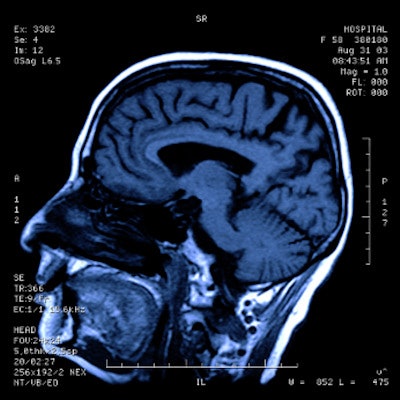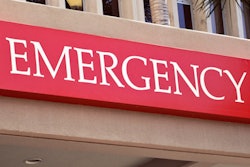
Nonprofit and government hospitals aren't necessarily cheaper when it comes to advanced imaging exams such as brain MRI -- in fact, for-profit facilities may offer the best price, according to a research letter published March 21 in JAMA Network Open.
The findings underscore a need to expand the healthcare marketplace and foster more competition for services, study co-author Ge Bai, PhD, of Johns Hopkins Carey Business School in Baltimore, told AuntMinnie.com.
"The notion is false that nonprofit hospitals and government hospitals are cheaper than for-profit hospitals," Bai said. "Commercial negotiated price reflects hospitals' market power."
The U.S. Centers for Medicare and Medicaid Services' (CMS) 2021 Hospital Price Transparency Rule requires hospitals to reveal pricing information for healthcare services, the team noted. But not only is this information not necessarily as available as it should be, what it means for patients remains unclear. A team led by John Jiang, PhD, of Michigan State University in East Lansing sought to explore price variations for brain MRI, evaluating hospital characteristics associated with commercial negotiated prices for this exam.
The study included commercial negotiated price and number of contracted plans for brain MRI data from Turquoise Health, which compiles nationwide hospital price disclosure information; 2,630 hospitals were considered. The team measured median and mean hospital commercial prices for brain MRI.
Mean commercial price for a brain MRI exam among included hospitals was $2,268 and median price was $1,900, the group found. It also discovered the following:
- Within the same hospital referral region, nonprofit hospitals and government hospitals were more expensive [for brain MRI] than for-profit hospitals by $387 and $537, respectively.
- Within the same health system, rural hospitals charged $363 more for brain MRI than urban hospitals.
- Within the same health system, hospitals that contracted with more insurance plans and treat a higher proportion of Medicare patients (both indicating greater hospital buying power) were more expensive.
"Across the nation and within the same state, referral region, or health system, hospitals located in rural areas, contracting with more health plans, or treating more Medicare patients had higher prices, potentially reflecting these hospitals stronger bargaining power compared with insurers in their local markets," the team explained.
How can prices for advanced imaging be brought into line across facilities? By expanding competition, according to Bai.
"To bring affordable brain MRI for commercial patients, competition from for-profit hospitals and other types of facilities, such as radiologist-owned imaging centers, is needed," he said.



















